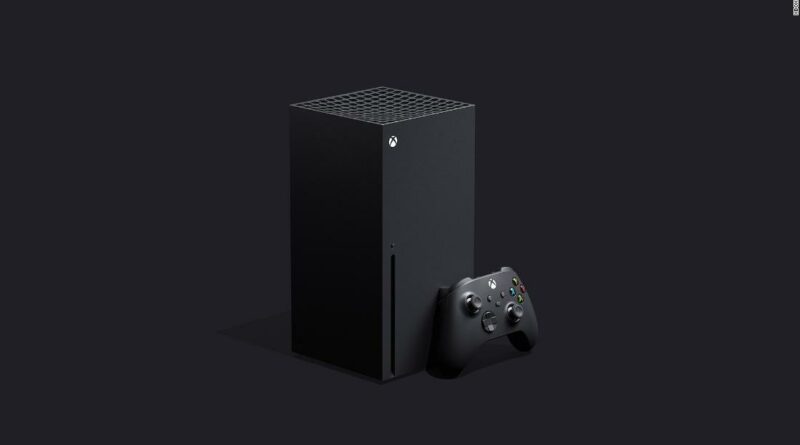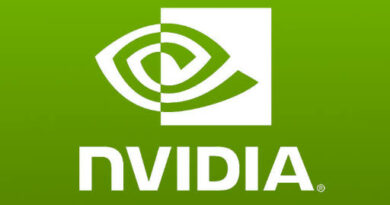Microsoft Confirms- Xbox Series X has 12 TFLOP RDNA2.0 GPU with Hardware Raytracing
Microsoft on its official blog post has now confirmed multiple hardware features of the upcoming gaming console, the Xbox Series X which includes a GPU based on the latest AMD architecture RDNA 2.0 with 12 TFLOPS of performance rating. For those who are wondering, when compared to their current top of the line console, Xbox One X- This beast is 2X more powerful. Microsoft has already officially announced its next-gen console in December 2019 and that it will be available in Next Summer Holidays.
Not only that, Phil Spencer- Head of Xbox has also announced several more hardware features and their implications and we have listed them here:

- AMD ZEN 2 based custom CPU: Xbox Series X will leverage AMD’s latest Zen 2 and RDNA 2 architectures. Delivering four times the processing power of an Xbox One
- Next Gen AMD RDNA 2.0 based GPU: Developers will be able to leverage 12 TFLOPS of GPU (Graphics Processing Unit) performance – twice that of an Xbox One X and more than eight times the original Xbox One.
- Variable Rate Shading (VRS): This technique results in more stable frame rates and higher resolution, with no impact on the final image quality.
- Hardware-accelerated DirectX Raytracing: These consoles will have hardware-accelerated DirectX Raytracing. This means true-to-life lighting, accurate reflections and realistic acoustics in real time as you explore the game world.
- Next Generation SSD Storage: Every aspect of playing games is improved with improved loading times, faster resuming and more smooth transitions for open world games. The new Quick Resume feature lets you continue multiple games from a suspended state almost instantly, returning you to where you were and what you were doing, without waiting through long loading screens.
- Dynamic Latency Input (DLI): This optimizes latency in the player-to-console pipeline by leveraging high bandwidth, proprietary wireless communication protocol when connected to the console. With Dynamic Latency Input (DLI). This new feature will synchronizes input immediately with what is displayed, controls are even more precise and responsive.
- HDMI 2.1 Support: This will support features like Auto Low Latency Mode (ALLM) and Variable Refresh Rate (VRR).
- 120 fps Support: Nothing to explain here except that the next-gen consoles can go double the FPS of the current generation.
Additionally, Microsoft has also confirmed that Xbox Series X will be backward compatible with all previous generation of Xbox Consoles.
“Xbox Series X is our most powerful console ever powered by our custom designed processor leveraging AMD’s latest Zen 2 and RDNA 2 architectures. Delivering four times the processing power of an Xbox One and enabling developers to leverage 12 TFLOPS of GPU (Graphics Processing Unit) performance – twice that of an Xbox One X and more than eight times the original Xbox One.
“Xbox Series X delivers a true generational leap in processing and graphics power with cutting edge techniques resulting in higher framerates, larger, more sophisticated game worlds, and an immersive experience unlike anything seen in console gaming.
Phil Spencer- Head of Xbox
Microsoft although it has now revealed the features set of the Next Gen consoles, however, they have still not revealed the juicy features of core specifications i.e. what will the clock speeds, number of cores in GPU, SSD’s speed, etc. But this is something much better than what Sony has done for PS5. We cant wait to see the full specification of Next consoles from both the manufacturers and then the next generation debate will begin, which is more powerful. Not to mention this will catapult PC space graphics to the next level also which are held by current-gen limitations. Your move Sony!
- Titan Fall(ter): Intel’s Stumble an Analysis - August 5, 2024
- AMDs Radeon Future Looks Bleak After RDNA 5 - May 1, 2024
- Kinect 2- Right time to use A.I. in Nextgen Consoles? - April 30, 2024






Pingback: Sony to detail PlayStation 5 Today - AbhiFX
Pingback: Open Graphics API Vulkan Adds RayTracing Support - AbhiFX